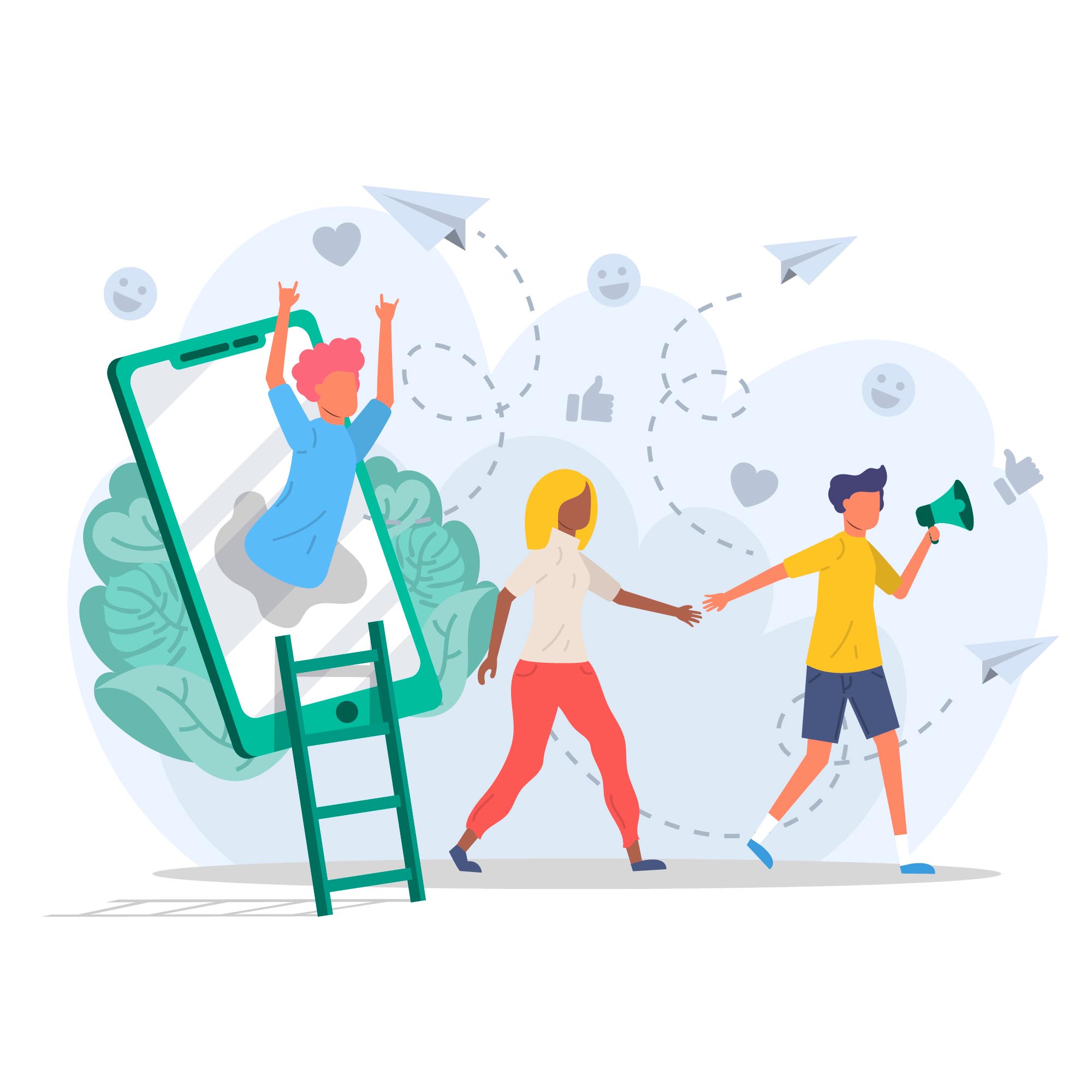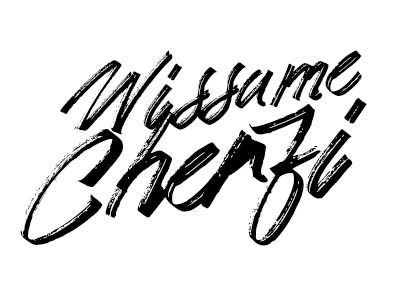Do you know what separates a story like there are thousands, a story that will emotionally move your audience? There is the start of an answer in this article.
The storytelling is the art of telling captivating stories. Not only captivating, but which will “transport your audience, immerse and upset them while losing notions of time and space”. This definition is that of Patrick Moreau, the founder of Muse Storytelling. It perfectly sums up the way I understand storytelling. Storytelling can also make you aware of the changes your life needs so that you can achieve your ambitions from the simplest to the most complex.
A few years ago, I realized that the storytelling techniques that I incorporated into my videos also had an impact on my habits, my productivity and more surprisingly on my mental blockages.
This article is not a magic potion, but an introduction to the art of storytelling including scientific explanations.

I was 15 years old and I was facing teenagehood… I had “friends” who seemed to have a negative influence on me. And that, my father smelled it from miles. So he decided to tell me a very specific story that changed my life forever – I’ll tell you the story very soon in my podast Autour Du Feu –
He had already told me stories , about his past, his memories, his friends and his life in Algeria. But he had never told me a story that had permeated me in this way. Never. I didn’t know it yet, but what he had just done was going to reason with every cell in my body for years, until today.
A few years later, I understood the power of what he had just done. Not only to this day, I remember the story by heart – he only told it to me once – but I remember exactly where we were when he started his story. You now understand a little more the impact of his story on me. I was literally transported, nothing else mattered around me. I remember every word, every intonation, every pause. My father had just given me a lesson in life, but also a lesson in storytelling.
Ever since I made videos, I always thought there was a scientific explanation for how people connect and react to the stories I tell. I was nicknamed the tearful for my ability to tell very touching stories. At the time, I was following no strategies, no techniques, I was self-taught and I was just following my intuition which had been so precious to me all these years. But being guided by my intuition was no longer enough, I wanted to understand what was hidden behind a story that was going to touch thousands of people and perpetuate itself over the years.
What, ultimately, separates a basic story from a story that will upset you and push you to rethink your mode of operation?
In 2015, I started research in this direction. I was convinced that modern science, psychology and neuroscience research had the power to structure and analyze what storytelling was . I have read, seen, listened to a lot on the subject. You will find most of the sources at the end of the article. With this article, I am not trying to reinvent the wheel, but simply to explain to you how I adapte these scientific facts to my video production process.
Much more important to me, I adapted all these principles in my everyday life in order to find solutions to mental blockages that I dragged since childhood. At first glance, the correlation between storytelling and mental blockages does not really stand out, and yet, I am firmly convinced now: storytelling can change our lives. This is also what is based on part of the mental reprogramming currently in vogue, but I will develop all these things in more detail in the coming months on my YouTube channel.
The Scientific Take
According to Patrick Moreau of Muse Storytelling , three main elements explain the phenomenon:

Narrative Transportation
“You have to think of a journey, a way of mentally leaving the place where you are to immerse yourself in the world and the space created by history. The more you are transported, the more your physical environment disappears. The immersion is therefore total, you no longer worry about the distractions around you. The more you are transported in the story, the more you are likely to adhere to the beliefs and actions that you see in this story, ”says Patrick Moreau in his ebook Story of Story .

Mirror Neurone
There are approximately 100 billion neurons in the brain. Among these neurons, there is a particular category: The Mirror Neuron. This neuron is the one that reacts when we see someone performing an action. It’s like we’re doing it ourselves. This cell is also activated when we tell a story with which the viewer can identify. The simplest example to evoke on these neurons is that of the child. When we are children, we mimic what our parents do. We repeat the same words, the same gestures.
My son, Younès, who is only two and a half years old, tirelessly repeats some of our gestures. When we are with friends and we laugh, he also laughs without even understanding what is going on. If I look sad and hide my hands to watch him, he will squint. These mirror neurons are one of the keys to storytelling. Studies have shown thanks to PET Scans, that when a person makes a movement, the person who looks at it will activate the same areas of the brain as the one who performs the gesture. This is what Jean-Michel Oughourlian develops inThis other who obsesses me .

Hormonal Effects
When the spectator is transported and immersed in history, the frontal, left temporal, sensory and motor cortex are activated. A series of hormones are secreted according to the emotions that are felt and therefore transmitted by history. I will describe three of them that will help you understand the effects on your body.
- The Dopamine will affect the concentration, motivation, memory and caused by the known Spense .
- The oxytocin -related trust, link, generosity and caused by empathy .
- The Endorphin in turn, is linked to the development, motivation and caused by laughter .
In “The Science of Storytelling: What Listening to a Story Does to Our Brains”, an essay written by Léo Widrich he indicates that “not only the parts of language processing in our brain are activated, but all the other areas of our brain that we would use to experience the events of history are too. I am convinced that you will now search your memories for stories that will have made an impression and you will realize that they all had the same basis. Leo Widrich, citing Princeton neuroscientist Uri Hasson, writes that “a story is the only way to activate parts of the brain so that a listener turns the story into their own story.” idea and experience. Storytelling is therefore a powerful tool for influencing the person who listens, reads or sees the story.
The most effective form of human communication.
Influencing the brains of consumers: marketers and publicists have understood this and have based their business on it for years. There are many examples that I could cite but the one that most illustrates this influence of storytelling is certainly L’Oréal.
This slogan is known to everyone, but very few people remember that it evolved in three stages.
“Because I am worth it” (in 1970) then then “Because YOU are worth it” (in the 2000s) and then be the current “Because WE are worth it“. The first slogan was not inclusive, it seemed to be only the business of the one who said it. It certainly served the era with the way women all wanted to look like the brand’s muses. By changing the ‘I’ into ‘you’, and therefore by integrating the spectators into the story told, the influence is quite different. The one who says it invites those who are looking to join her. The addition of ‘we’ a few years later will emphasize the effect of belonging to a community. It is a well-worked, evolving storytelling that adapts to the times. It is in no way the result of chance. It is the one of psychology and neuroscience.
What then is the border between influence and manipulation ?
Everyone must ask themselves the question and make up their own mind on the subject. In any case, The Art of Storytelling is also in some cases The Art of Persuasion or The Art of Selling.
I too have used some of the storytelling tools in my commercial work in videos I produced for clients to persuade me to sell a product or service. However and despite the interesting budgets, I never found myself in my place. This is also why I work with a lot of entrepreneurs, very often for a fraction of the price that these videos should have cost but at least, I had the feeling of helping a company that really had need and who was driven by the desire for real change in its target customers.
Storytelling can be a weapon of mass destruction or magnificent elevation, it all depends on how it is used.
If we go back to the hormones and the effects of a story on the brain, what does it mean when related to a story: if your story shows a truly emotional character, the audience will experience this emotion. Not everyone is affected in the same way but the more you are transported in the story, the more you are connected to the character and the more you are likely to experience the same emotional states as those you see on screen. It’s strong, isn’t it?
“Stories provide emotions. Emotions lead to actions”.
“History allows us to take our audience on a journey – a journey that engulfs them and leaves them completely changed. This trip allows you to reflect on your own beliefs and thoughts. Explains Patrick Moreau. I understood over time that the mental blockages that we face in our life are reprogrammable and this, using a powerful story that will then act on our subconscious. It’s storytelling… Knowing its effects is a big plus for anyone undertaking a personal or professional project.
I sincerely hope that these few explanations will help you better understand the importance of well thought out and well acted storytelling about yourself and others.
If you want to push your knowledge a little bit, I invite you to subscribe to my newsletter in which I share in short emails the impact of storytelling on my habits, my productivity and my mental blockages. Also, in a few weeks I will start to share with you all the information I could find on the subject in a series of videos on Youtube, so subscribe to my channel to not miss anything of the launch of these videos.
Thanks for reading so far.
Wissame
Sources and inspirations for this article:
– David JP Philips, The Magical Science of Storytelling ( https://bit.ly/2t7NEbz )
– Chimamanda Adichie TED ‘speech ( https://bit.ly/1l2iMmm )
-‘ The Story of Story ‘, by Patrick Moreau ( https://bit.ly/2IwZAki )
– Leo Widrich ( http://bit.ly/19eZqX7 )
– Joseph Campbell ( The Hero with a Thousand Faces )
– Andrew Stanton – 2 + 2 instead of 4 ( https://bit.ly/1gWKTim )
– Storytelling Muse ( https://bit.ly/2SUVC9S )
– Annie Neimand, Ph.D. ( https://bit.ly/2m22ylU )
